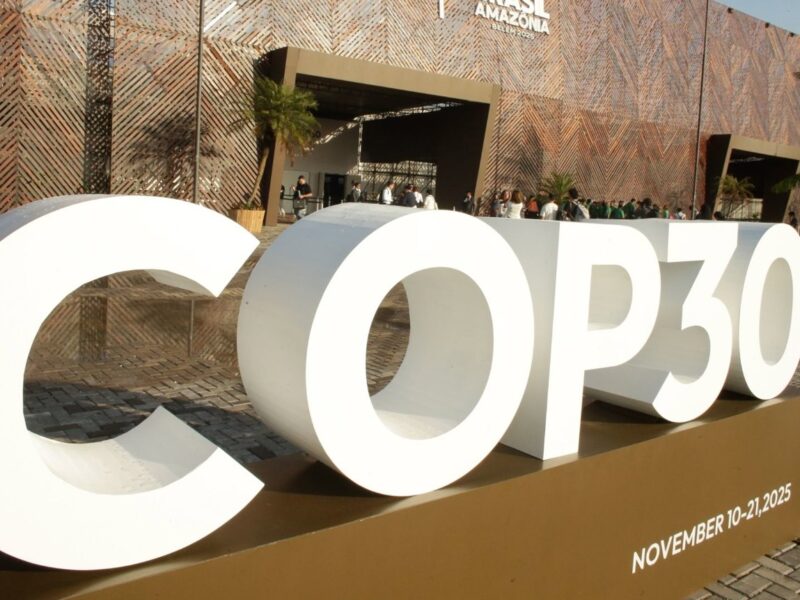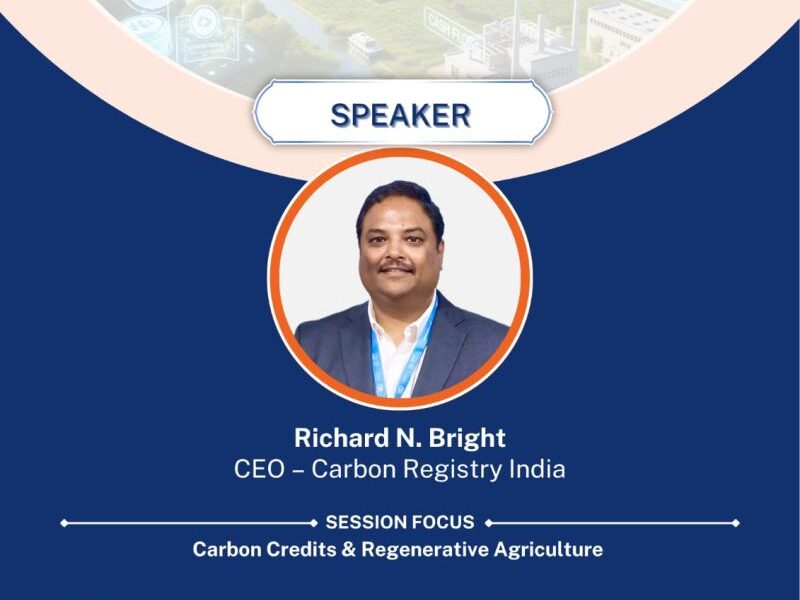In the fight against climate change, carbon offset projects have emerged as a crucial tool for reducing greenhouse gas emissions and promoting sustainable practices. These projects, whether in the form of reforestation efforts, renewable energy initiatives, or energy efficiency programs, play a significant role in mitigating our impact on the environment. However, the process of validating and verifying these projects can be notably expensive.
In this blog, we will explore why carbon project validation and verification are costly and consider strategies for reducing these expenses while maintaining the integrity of carbon offset initiatives.
Why is carbon project validation and verification expensive?
- Complexity of Project Design: Carbon offset projects can be highly complex, involving multiple factors such as setting a baseline for emissions, determining additionality (the emissions reductions that wouldn’t have occurred without the project), and establishing methodologies for measuring emissions reductions. The intricate nature of project design requires rigorous evaluation during the validation and verification processes.
- Technical Expertise: Validation and verification necessitate the involvement of technical experts, including auditors, engineers, and environmental specialists. These professionals must have a deep understanding of the specific project type, emissions sources, and methodologies to accurately assess the project’s emissions reductions.
- Data Collection and Analysis: Gathering and analyzing data related to emissions sources, project activities, and emissions reductions is a pivotal part of validation and verification. Data collection can be resource-intensive, especially if data sources are scattered or require extensive measurements and monitoring.
- Site Visits and Fieldwork: Many carbon offset projects, such as forestry, renewable energy, or land use initiatives, require site visits and fieldwork to assess the project’s actual performance and verify data accuracy. This on-site work adds to the cost of validation and verification.
- Compliance with Standards: Projects need to adhere to internationally recognized carbon standards and methodologies, such as the Clean Development Mechanism (CDM), Carbon Registry India (CRIS), Verified Carbon Standard (VCS), or Gold Standard. Achieving and maintaining compliance with these standards often requires additional work, documentation, and compliance checks.
- Quality Assurance: To maintain the integrity of carbon offset markets, validation and verification processes typically involve quality assurance checks and peer reviews. These additional layers of scrutiny help ensure the accuracy and reliability of emissions reduction claims but also contribute to higher costs.
- Risk Mitigation: Validation and verification processes aim to mitigate risks related to the accuracy of emissions reduction claims. High-quality validation and verification procedures reduce the risk of fraud, double-counting, or overestimating emissions reductions, which is essential for maintaining market integrity.
- Time-Consuming Process: Validation and verification are often time-consuming, with multiple stages that include document reviews, data analysis, site visits, and reporting. The extended timeline can increase costs associated with project staff, experts, and auditors.
- Reporting and Documentation: Robust documentation is a key requirement for validation and verification. Preparing comprehensive reports and documentation to support emissions reduction claims is labor-intensive and adds to the overall cost.
- Uncertainty and Complexity of Emission Reduction Measurement: Carbon offset projects often deal with uncertainties and complexities in measuring emissions reductions. This requires more rigorous and detailed analysis to quantify and verify reductions accurately, adding to the cost.
- Regulatory Compliance: Many carbon offset projects need to adhere to regulatory requirements in addition to meeting international standards. This regulatory compliance involves additional documentation, reporting, and sometimes legal and administrative costs.
- Third-Party Verification: Many validation and verification processes require third-party verification to maintain objectivity and independence. Engaging third-party auditors or verifiers can add to the overall cost of the process.
- Audit Fees: Engaging third-party auditors or verification bodies involves fees and costs for their services. These fees are necessary to ensure impartial validation and verification.
- Continuous Monitoring: Some projects require ongoing monitoring and verification to ensure emissions reductions are maintained over time. This continuous process adds to the overall cost of a project’s lifetime.
Now that we have a deeper understanding of why validation and verification processes are costly, let’s explore ways to reduce these expenses while ensuring the integrity of carbon offset projects.
Strategies to Reduce Carbon Project Validation and Verification Costs
- Streamline Project Design: Simplify project design by clearly defining project boundaries, selecting appropriate methodologies, and ensuring additionality. Reducing the complexity of the project design phase can save costs during validation and verification.
- Invest in Accurate Data Management: Invest in robust data management systems that centralize data collection, storage, and analysis. Automated data collection and reporting can significantly reduce costs associated with manual data processing.
- Enhance Data Transparency: Transparency can reduce the time and effort required for third-party verification. Ensure that data sources, calculations, and methodologies are well-documented and readily accessible.
- Leverage Technology: Use advanced technology, such as remote sensing, IoT, and data analytics, to streamline data collection and analysis processes. These technologies can provide real-time data and reduce the need for extensive fieldwork.
- Standardized Documentation: Develop standardized documentation templates and reporting processes that align with the requirements of recognized carbon standards. This can streamline the reporting and documentation phases of validation and verification.
- Community Engagement: Engage local communities and stakeholders in data collection and monitoring efforts. Community involvement not only reduces costs but also enhances the project’s credibility.
- Continuous Monitoring Systems: Implement continuous monitoring systems that provide real-time data on emissions sources and reductions. These systems can minimize the need for periodic site visits and costly manual data collection.
- Capacity Building: Invest in training and capacity building for project staff and local communities. A well-trained team can reduce the reliance on external experts and auditors.
- Collaborative Auditing: Collaborative auditing can help reduce costs by allowing multiple projects to share the expenses of third-party verification. This approach is particularly beneficial for smaller projects.
Validation and verification processes are essential for maintaining the credibility and integrity of carbon offset projects. However, their associated costs can be substantial. By implementing strategies to streamline project design, improve data management, and enhance transparency, it’s possible to reduce these costs without compromising the accuracy or reliability of emissions reduction claims.
Additionally, technology, community engagement, and capacity building are valuable tools for cost reduction. As we work to combat climate change and promote sustainability, finding ways to make validation and verification more cost-effective is a crucial step toward achieving our environmental goals.
Read on


